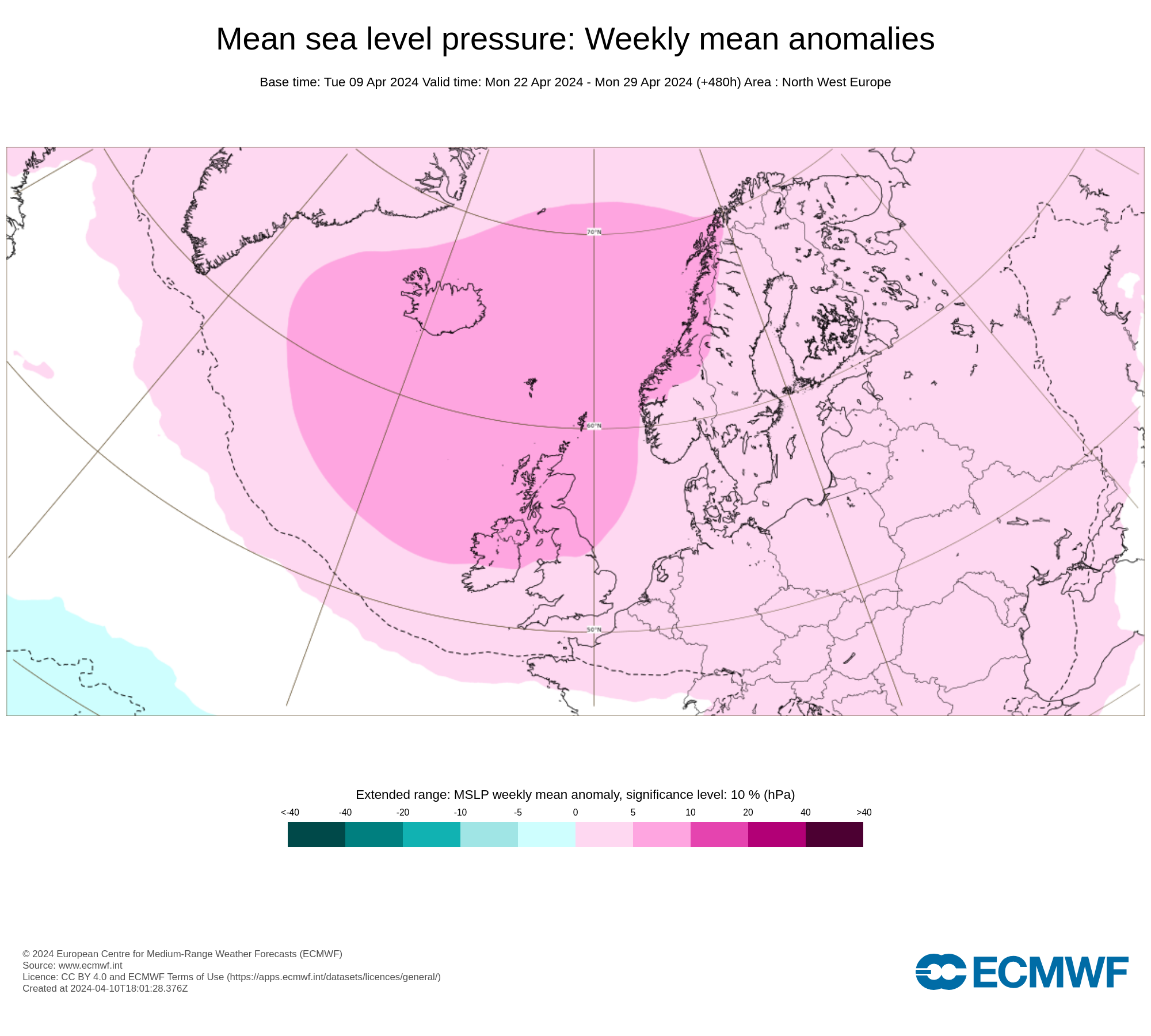biblical locust swarms can't be stopped as the sweep over Eastern Africa
IMAGE: DAI KUROKAWA / EPA-EFE / SHUTTERSTOCK
In 1937, aboard slowly-moving trains, the Army National Guard used flamethrowers in an attempt to quell a relentless plague of locusts crossing through Colorado.
But the flamethrowers failed. And so did explosives. The locusts easily endured, devouring farmland.
Over 80 years later, great locust swarms still can't be contained. Last week, the U.N. announced that desert locusts — the most devastating type — descended upon East Africa, and over the coming months the insects may increase their populations by a whopping 500-fold. "Kenya has not faced a locust threat of this magnitude in 70 years," the U.N. said.
A single swarm of locusts, which are voracious grasshopper species that can spread over 460-square miles of land, have been a scourge — at least through the eyes of humans — for thousands of years. In more modern times, the British formed an anti-locust unit at the height of World War II to combat the pests in Africa and the Middle East, and a New York Times reporter pondered, in 1976, if "swarms that darken the sky" and "denude the land of crops" could be eliminated by progressing technology. Still today, the locust affliction continues.
"It's not surprising to me that we still don’t have a grip on this," said Iain Couzin, the director of the Max Planck Institute of Animal Behavior who researches locust swarms.
Today, the best humanity can do is try and predict where the swarms will form before a massive population outbreak can occur and ultimately consume vast tracts of crops, which are often rural people's sustenance. "You need to catch it early," said Rick Overson, the research coordinator at Arizona State University's Global Locust Initiative.
Once locusts grow wings as mature adults, there's no turning back. "They’re powerful fliers," said Overson. "They can be in one country and move to another by the end of the week." And "during plagues" of the desert locust, the U.N. notes swarms can "affect 20 percent of the Earth's land, more than 65 of the world's poorest countries, and potentially damage the livelihood of one-tenth of the world's population."
After an outbreak occurs or the swarming begins, the blunt strategy is often to drop millions of liters of chemical pesticides on the insects, which is bad for the environment and human health, Overson explained.
But identifying exactly where the locusts start to swarm can be enormously daunting, especially when it comes to desert locusts in Africa and neighboring areas, which naturally inhabit remote, mostly-uninhabited regions some 16 million square kilometers, or over 6 million square miles, in size. The creatures usually live solitary lives, but, when the right environmental conditions align (like after a good rainy season), the creatures become intensely attracted to each other, change color, and often grow longer wings and become more muscular. They transform into a formidable swarm.
continues below
"We’re not going to solve this problem as a human society anytime soon," Overson said.
Critically, humanity shouldn't endeavor to completely wipe out locust swarms, just because their populations can explode. After all, locust swarms are wild, natural phenomena. Attempting to eliminate the insects, even if that were possible, could have unforeseen, cascading environmental consequences. "It's one of the wonders of the natural world," said Couzin."We don't want to stop them. We just want to manage them."
Locust swarms have similarities to wildfires, explained Overson. Sure, no one wants their house to burn down. But wide-scale suppression of wildfire, a natural phenomenon, has resulted in vastly overgrown forests, contributing to explosive infernos in the Western U.S. What might killing billions of locusts do? It's best not to find out.
To fend off some super-swarms from devouring human food, the primary mission today is prediction. The Food and Agricultural Organization of the United Nations currently strives to forecast the swarms. Where will the locusts strike? Locust populations can explode after the right rains, at the right times, or after mild winters, explained Overson.
continues below
But, there's a slew of other things to better account for stressed Couzin. "We’re at the tip of the iceberg of what we need to know" for better predictions, he said, like how billions of insects will react to changing weather, what there is to eat hundreds of miles ahead — and how much locusts will eat each other.
"Locusts are highly cannibalistic," explained Couzin, noting that they start cannibalizing when swarming begins and food starts to vanish. "As soon as resources are limited they turn on each other."
continues below
Though locust swarms impact about one in 10 people on Earth, there's a glaring lack of funding for swarm research. In part, this is because the swarms exist in boom and bust cycles, so there might be less research interest in the years, or sometimes decades, between outbreaks. What's more, Couzin pointed out that locust swarms usually aren't descending upon the rich world. "It's affecting poor people," he said, so there's a lack of interest from wealthier nations.
Humanity, though, isn't a completely hapless observer as clouds of locusts come swarming from the horizon. It's quite likely civilization is giving these swarms a boost, both Couzin and Overson agreed.
"We’re trying to change the dogma that humans are passive victims of locust swarms," said Overson.
Click on the tabs below to view the new forecasts available under the forecast section.
2019 CALENDAR NOW ON SALE






























